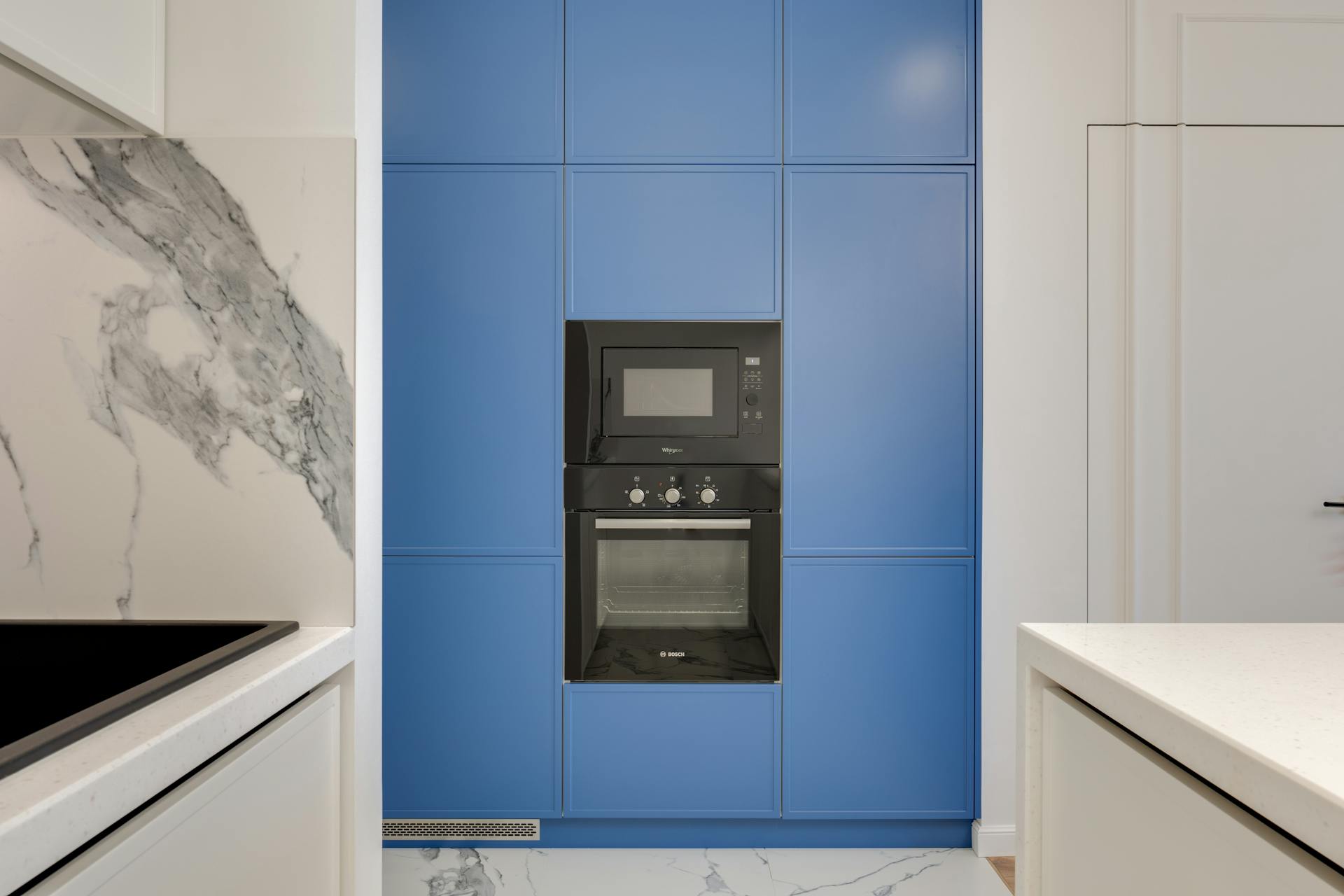Microwaves have become a staple in most kitchens, offering convenience and efficiency in cooking and reheating food. However, with great power comes great responsibility, as improper use can lead to accidents or damage to the appliance. In this guide, we’ll delve into what to never put in a microwave, the dos and don’ts of microwave usage, and ensuring your safety and the longevity of your device.
What to Never Put in a Microwave
Metal Containers: Metal containers reflect microwaves, causing sparks and potential fire hazards. Avoid using aluminum foil, metal pans, or dishes with metallic accents in the microwave.
Foam Insulation: You should never microwave styrofoam containers or foam-insulated cups. When heated, they can melt or release harmful chemicals into your food.
Plastic Not Labeled Microwave-Safe: Some plastics can release harmful chemicals when heated. Only use containers labeled “microwave-safe.” These containers are designed to withstand microwave temperatures without leaching chemicals into food.
Sealed Containers: Sealed containers or containers with tightly sealed lids can build up pressure and explode when heated in the microwave. Always vent containers to allow steam to escape.
Paper Bags: While microwave-safe paper towels and wax paper are acceptable for use in the microwave, paper bags are not. They can ignite or release harmful chemicals when exposed to high temperatures.
Eggs in Shells: Never microwave eggs or their shells. Steam buildup can cause them to explode, creating a messy and potentially dangerous situation.
Fruits and Vegetables with Skin: Items like grapes, cherry tomatoes, and hot peppers should be pierced or sliced before microwaving to prevent them from bursting due to steam buildup.
Dry Herbs: Herbs should only be microwaved cautiously, as they can easily catch fire when dried. If using the microwave to dry herbs, do so in short intervals at low power.
Top Safe Microwave Practices
Install Safely: When it comes to appliances proper installation is key, ensure that your microwave is in a safe location and has the space to function. If yours is a high-end or custom microwave you should consider professional installation.
Use Microwave-Safe Containers: Always opt for containers labeled as “microwave-safe.” These are typically made of glass, ceramic, or microwave-safe plastic. Avoid using metal containers or those with metallic accents, as they can cause sparks and damage to the microwave.
Cover Food to Prevent Splatters: Covering your food with a microwave-safe lid, microwave-safe paper towel, or wax paper helps prevent splatters. This not only keeps your microwave clean but also ensures even heating.
Stir and Rotate: Stirring and rotating food during the heating process helps distribute heat evenly, preventing hot spots and ensuring thorough cooking. This is particularly important for dense or large food items.
Follow Cooking Instructions: If using microwaveable packaged foods, follow the cooking instructions provided by the manufacturer. These guidelines are designed for optimal results and safety.
Monitor Cooking Times: Avoid leaving food unattended while cooking in the microwave. Set a timer and periodically check the progress to prevent overcooking or burning.
Allow Standing Time: Letting food stand for a short duration after microwaving allows for further cooking and helps equalize temperatures throughout the dish. Be cautious when removing hot containers to avoid burns.
Clean Regularly: Clean your microwave by wiping spills and splatters immediately after use. Use mild detergent and warm water for cleaning, and avoid harsh abrasives or chemicals that could damage the interior.
Inspect for Damage: Regularly check your microwave for signs of damage such as cracks, rust, or faulty seals. Damaged appliances should be repaired by professionals or replaced to prevent safety hazards.
Stay Safe and Microwave!
By following these Maydone guidelines, you can ensure safe and efficient microwave usage in your kitchen.
Remember to prioritize safety, always use appropriate containers, hire professional appliance technicians when you need them, and never attempt to microwave items not intended for microwave use.
With proper care and attention, your microwave can continue serving you well for years!



